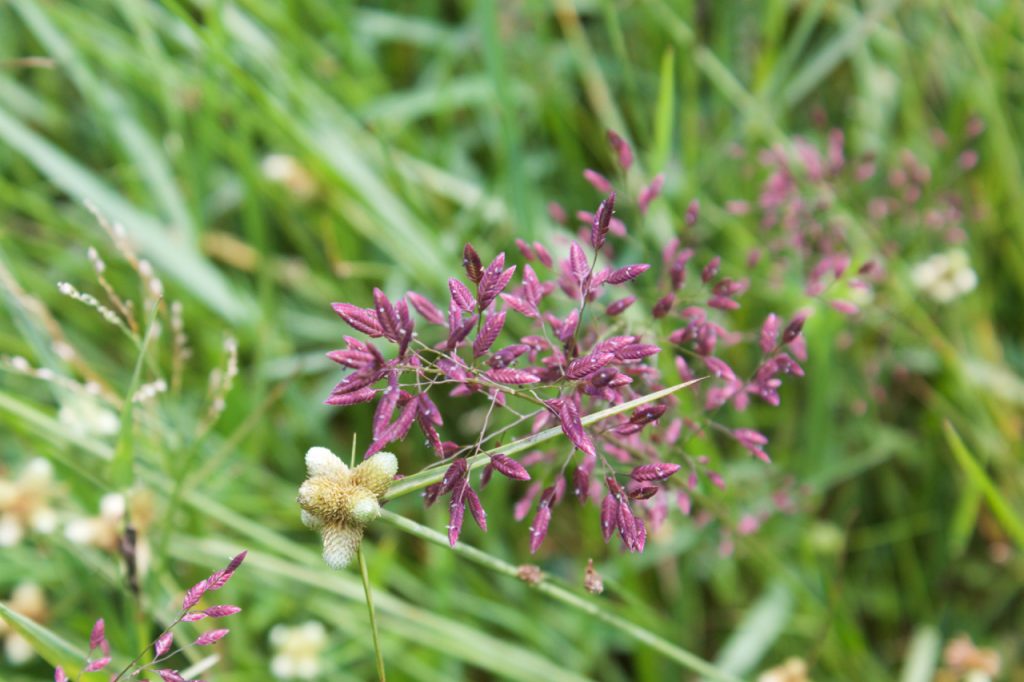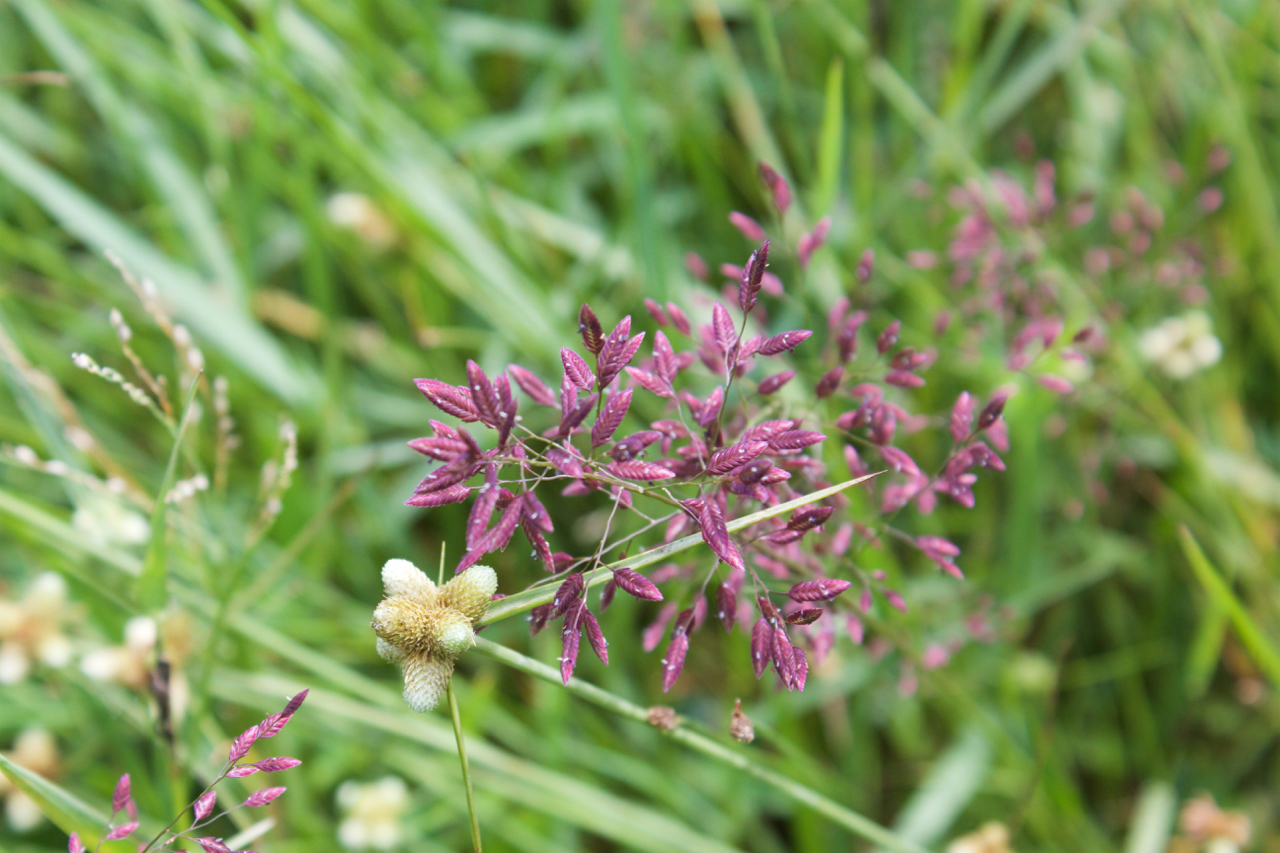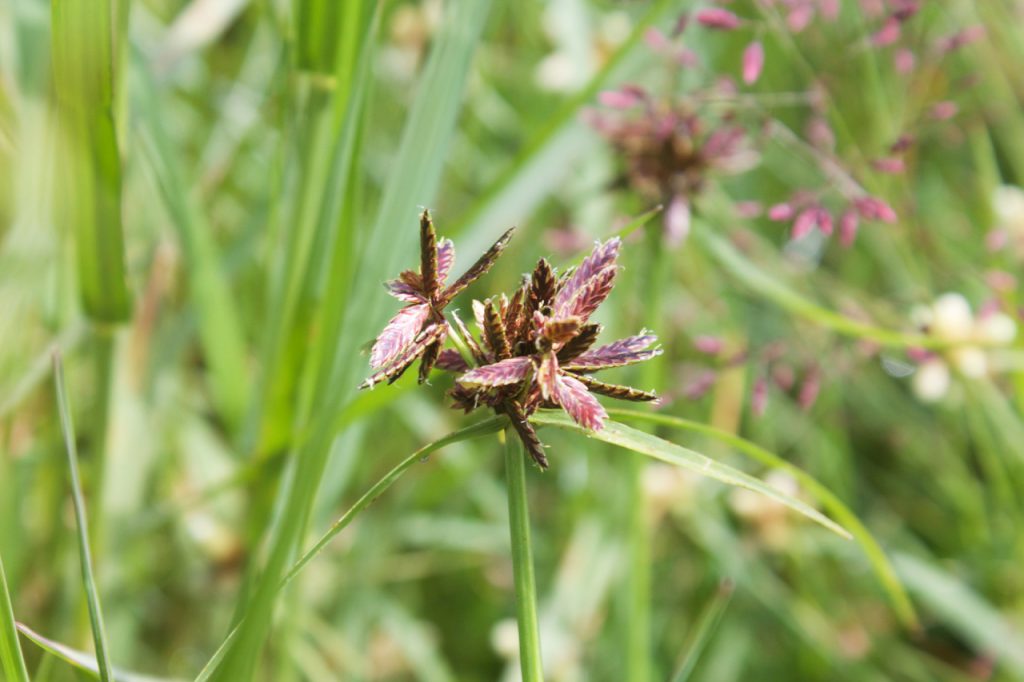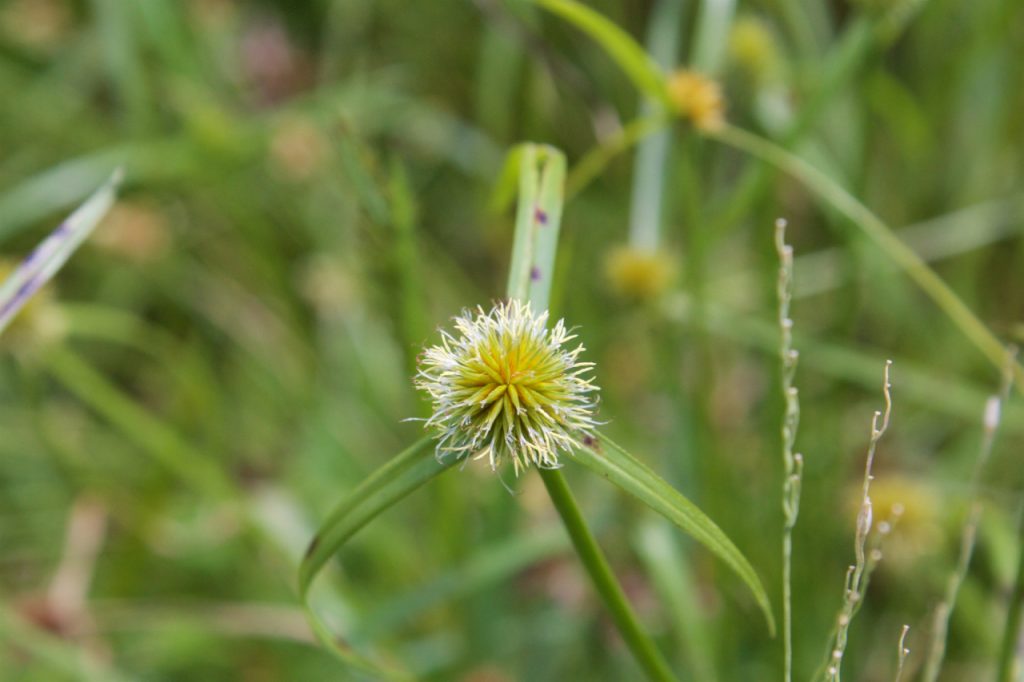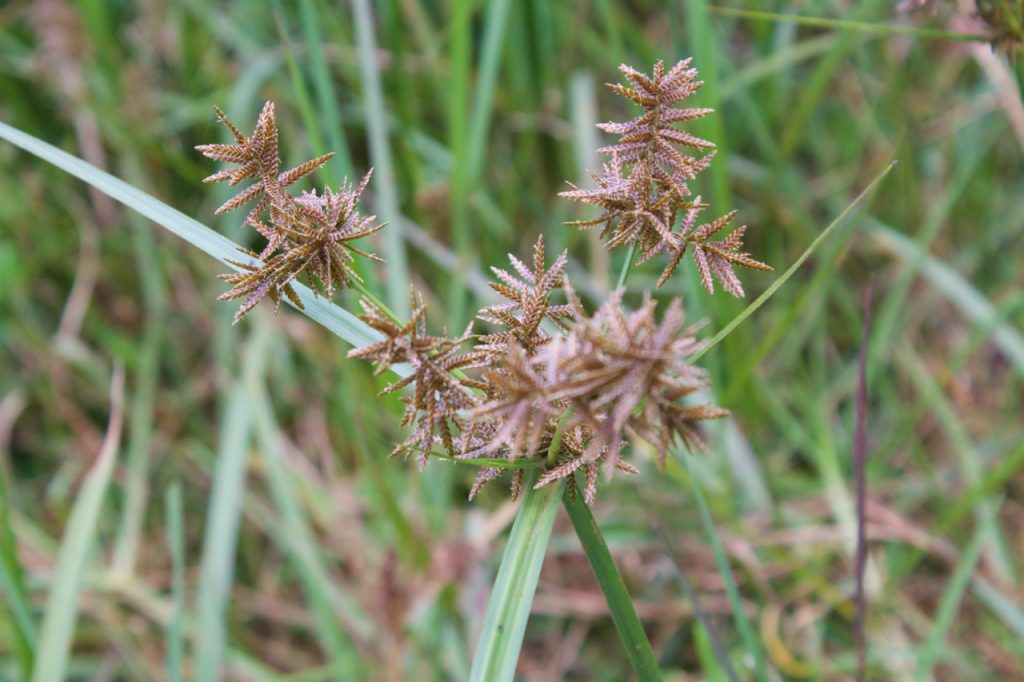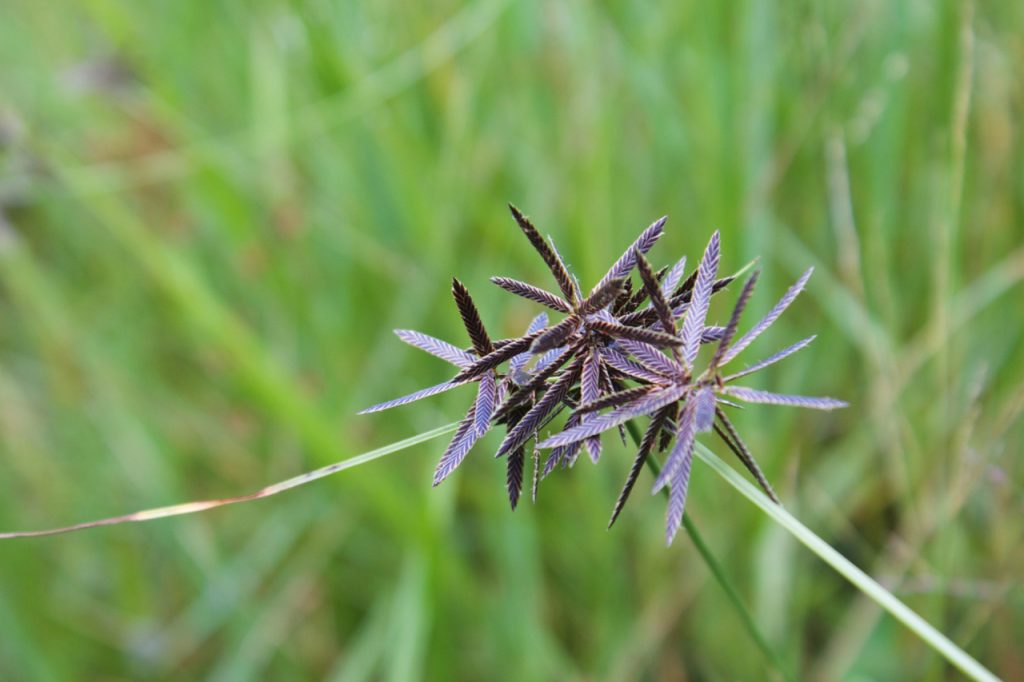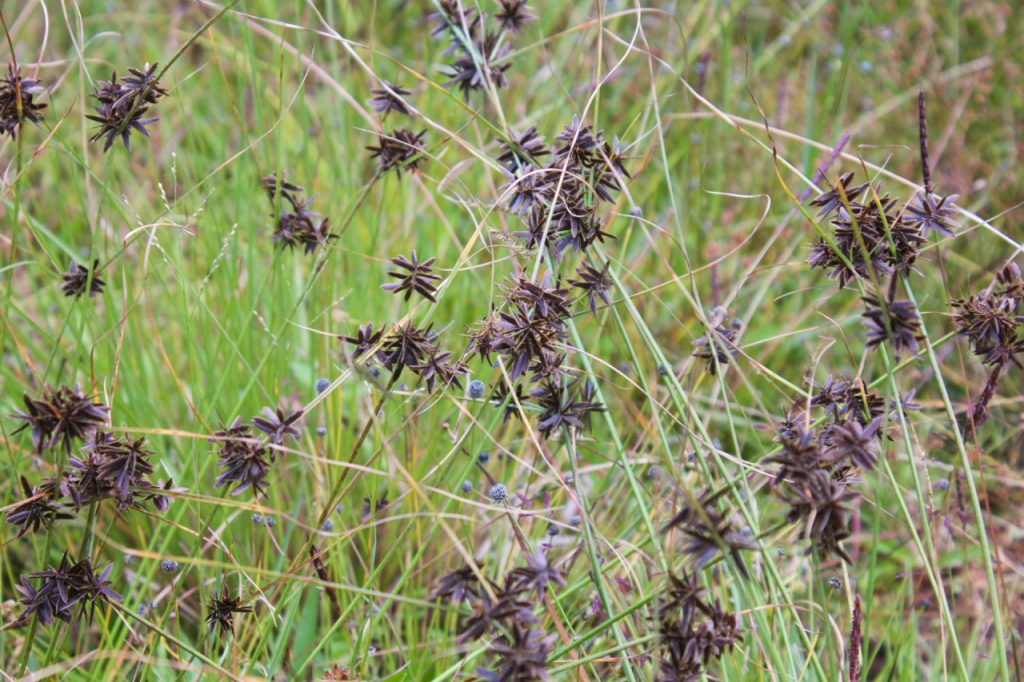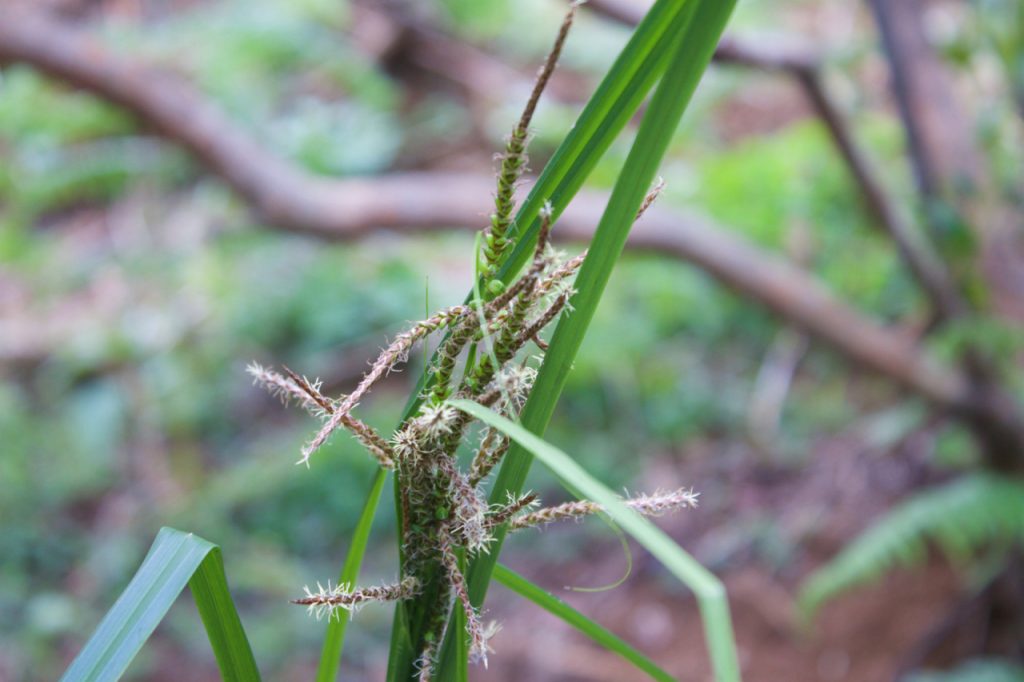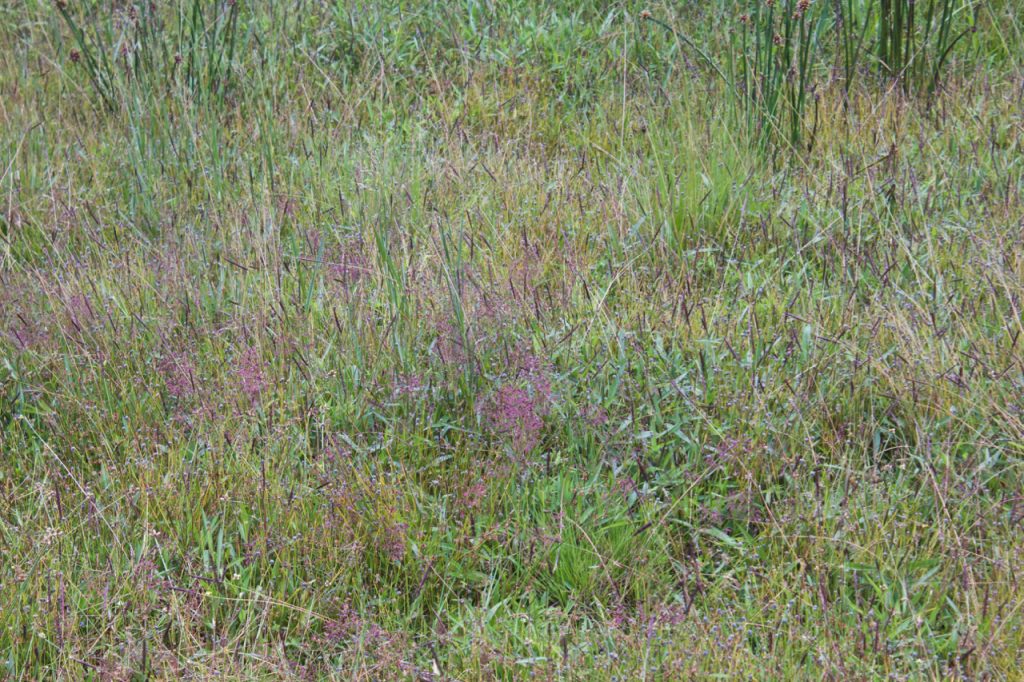
I WANDER by the edge
Of this desolate lake
Where wind cries in the sedge:
Thus starts the opening stanza of William Butler Yeats’s poem, “He Hears the Cry Of The Sedge.” Though the lines carry a melancholic note, sedgelands have a wild and wayward beauty, particularly when in bloom.
Now why would the poet use the imagery of a sedgeland which is nothing but an ecological community dominated by sedges, to paint an atmosphere of remoteness, emptiness and desolation. The answer is quite simple. Sedges usually grow in wetlands and poor soils, locales that are usually seen faraway from human habitation and humanity’s inhuman noise.
Sedges play a less explored but very important role of removing toxic compounds from water. Large crops of water‐dispersed fruits and tubers produced by sedge vegetation provide food to insects, birds, and some mammals.
Regarding human use, the first type of paper ever made and the name, came from a sedge, papyrus.
Part of the marshland near Yedapalli, which has been marked down for restoration, appears to be a sedgeland in its own right. The same is presently in full bloom, bringing to mind Milton’s verses, about meadows trim and daisies pied, shallow brooks and rivers wide.
